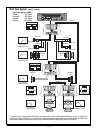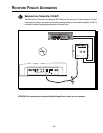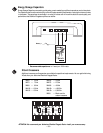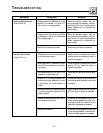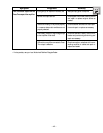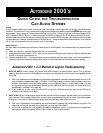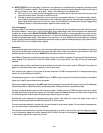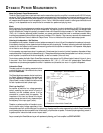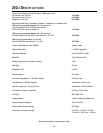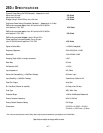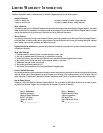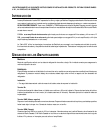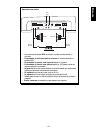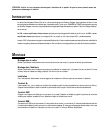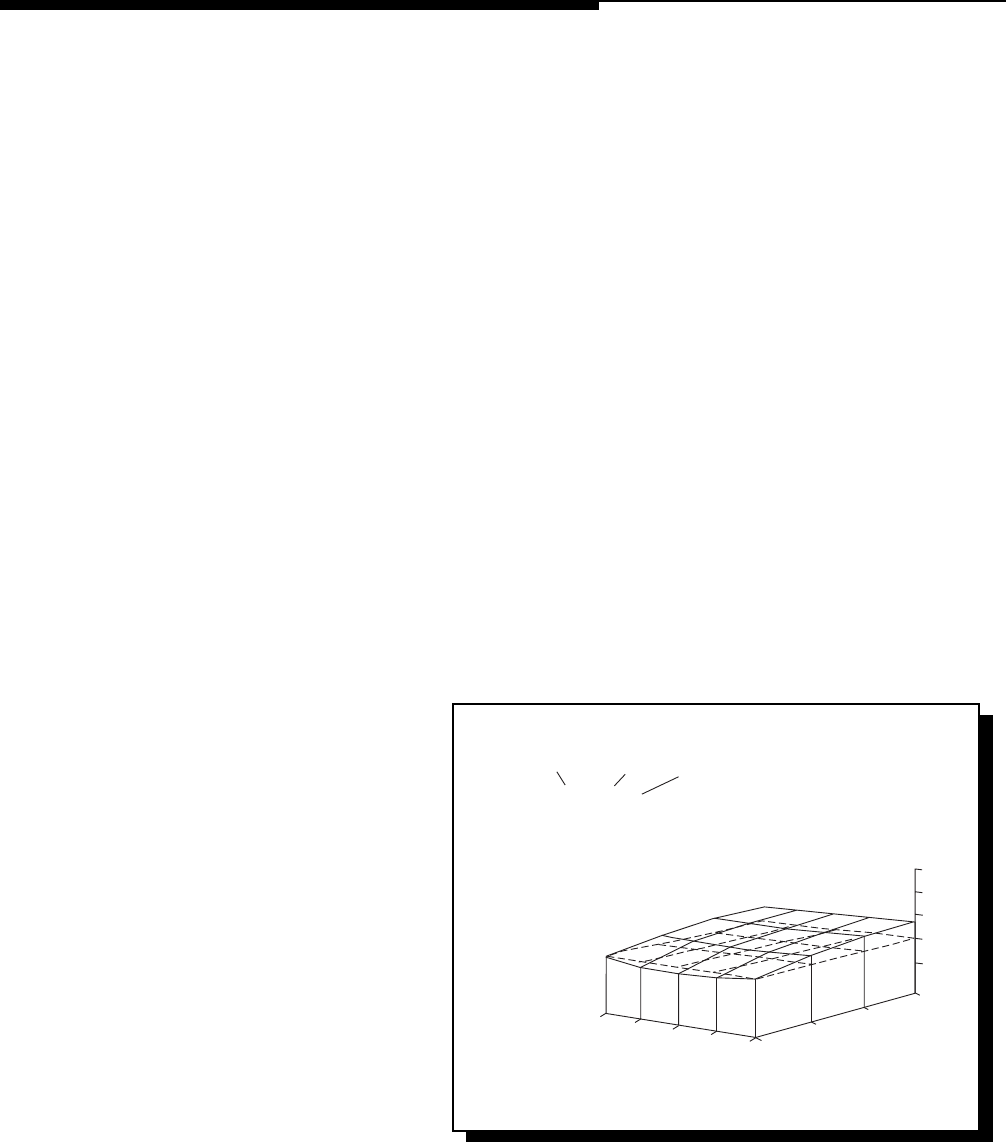
–60° (Cap)
0°
(Ind) +60°
1Ω
2Ω
4Ω
Impedance
8Ω
10V
30V
50V
8Ω –60°
–30°
0°
30°
60°
4Ω –60°
–30°
0°
30°
60°
2Ω –60°
–30°
0°
30°
60°
1Ω –60°
–30°
0°
30°
60°
85 W
84 W
84 W
84 W
86 W
162 W
157 W
156 W
157 W
162 W
273 W
258 W
251 W
256 W
271 W
390 W
356 W
346 W
352 W
390 W
Audio Graph – The PowerCube™
Amplifier:
Serial No:
Owner :
PUNCH 200.
2
14.4V x 2
ROCKFORD CORPORATION
Rated Power : 100 W @ 4 Ohms
IMPEDANCE
MODEL BEING
TESTED
x2 = STEREO
MONO = BRIDGED MONO
VOLTAGE FROM
BATTERY
OUTPUT VOLTAGE
*
*
*
*
PHASE ANGLES
{
POWER
IN
WATTS
{
{
• Example of a Punch 200.2 PowerCube
D
YNAMIC
P
OWER
M
EASUREMENTS
About the Dynamic Power Measurements
The Audio Graph PowerCube is a test instrument used to measure the output of an amplifier in accordance with IHF-202 industry
standards. The IHF-202 standard is a dynamic power measurement and was developed as a means of measuring power in a
manner that best represents the Real World operation of an amplifier. Many manufacturers, including Rockford Fosgate, at times
will measure amplifier power into a fixed resistor (4 ohm, 2 ohm). While this method is useful in some types of evaluation and
testing, it is not representative of an amplifier that is connected to a speaker and playing music.
Music
Music is dynamic; the sound waves are complex and constantly changing. In order to simulate this, the IHF-202 standard calls
for the input signal to the amplifier to be a 1kHz bursted tone. This signal is input (on for 20 milliseconds) and reduced 20dB
for 480 milliseconds. The signal is gradually increased in level until the amplifier's output exceeds 1% Total Harmonic Distortion
(THD). At 1% distortion becomes audible, therefore, any power produced above that level is considered
unusable
. Many
manufacturers represent their amplifiers' output power in excess of 10% distortion. They use many names for this measurement,
such as Total Maximum Power or Maximum Output Power. This is not indicative of the
actual usable output power
.
Listening to Loudspeakers - Not Resistors
A loudspeaker is not a resistor. A resistor's value (resistance measured in ohms) is fixed. A loudspeaker's impedance is dynamic.
It is constantly changing in value, dependent upon the frequency of the input signal. Therefore, measuring power with the amplifier
loaded into a 4 ohm resistor is not the same as measuring power with the amplifier connected to a 4 ohm speaker. Most people
do not listen to music through a resistor.
A 4 ohm speaker may experience a drop in impedance 4-6 times lower than its nominal (printed) impedance. A speaker will also
create phase shifts in the signal that is passed through it. These phase shifts happen because a speaker is an inductor (voice coil)
and a capacitor (compliance of the surround/spider), as well as a resistor (voice coil wire).
To simulate a speaker the Audio Graph PowerCube measures output power into 20 different loads. It tests at 8 ohms, 4 ohms,
2 ohms and 1 ohm. Each of these impedances is also tested at –60°, –30°, 0°, +30° and +60° phase angles. These different
impedances and phase angles represent the shifts in impedance and phase that can occur in a typical loudspeaker.
Information Cubed
The data acquired in the testing procedure is then
graphed in the form of a 3-dimensional cube, hence
the name PowerCube.
The
Phase Angle
is expressed on the horizontal axis,
the
Output Voltage
is presented on the vertical axis
and the
Impedance
is displayed on the Z axis.
Output Power,
in watts, is listed on the left hand side
for each impedance at each phase angle.
What is an Amplifier?
An amplifier by definition is a voltage generating
device, recreating the signal which is input to it
identically but with increased volume. It will be
connected to a reactive load (the speaker). The
impedance of this load and phase of the signal
passing through the load will vary, dependent upon
the frequency of the input signal (music).
Therefore, a perfect amplifier will be able to main-
tain the same output voltage regardless of load
characteristics and will not alter the signal it is reproducing. A perfect amplifier when measured by the Audio Graph PowerCube
would present data that forms a perfect cube. Unfortunately, amplifiers are not perfect. The laws of physics generally prevent it.
A great amplifier is about the best one can hope to attain.
As you can see by the PowerCube and as you will experience by listening, your Punch amplifier is a GREAT AMPLIFIER!
– 45 –



